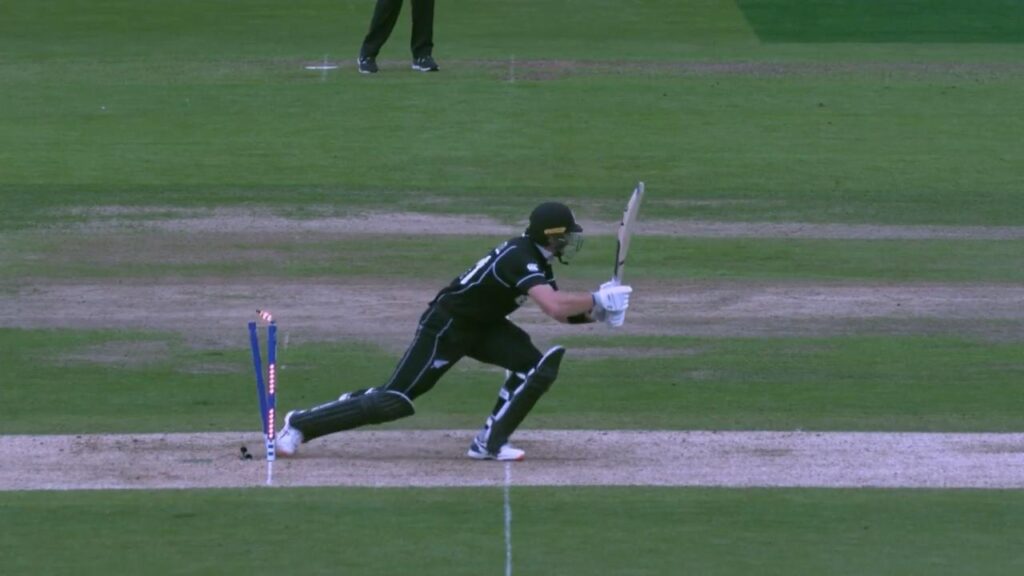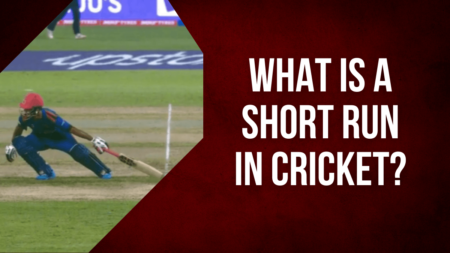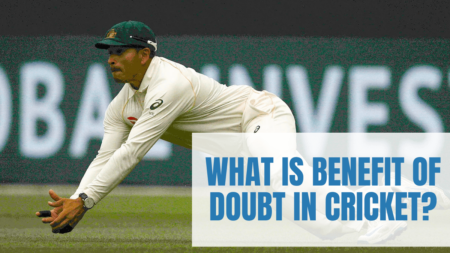

In cricket the batsman has two main roles. One is to keep scoring runs and the other is to guard himself from getting out. There are various means of getting out in cricket. One of the most common forms of dismissals is when a batsman gets bowled.
Getting bowled means when the batsman fails to guard the stumps behind him. When the ball hits the stumps and dislodged the bails, the batsman is declared out. In cricket, there have been instances when the bails get dislodged even without the ball touching the stumps. This occurs when the batsman’s bat or a part of his body or gear goes on to make contact with the stumps. There are various ways in which this can happen. Here are some examples:
- The batsman casually swings his bat which in the process of swinging dislodged the bails.
- The batsman’s bat breaks and the broken part hits the stumps.
- The batsman moves his feet a bit too far during shot making that it contacts the stumps.
- The batsman ducks in a spontaneous way to a bouncer, but in the process his helmet comes off and hits the stumps.
- The batsman loses balance and tumbles over the stumps.
- In case during the act of shot making, the batsman hits a shot that crosses the boundary but the bat contacts the bails during the act of shot making, then no runs are rewarded to the batting side.
- The batsman’s bat slips from his hands and breaks the stumps.
- The batsman’s gloves come off and hit the stumps.

It is important to note that the batsman is give out for a hit wicket only if the bowler has released the ball and brought it into play. In case the bowler bowls a no ball, the batsman is given not out despite a hit wicket. Though the hit wicket is not what the bowler aims for, it is still credited to his wickets tally.
Over 150 men and 10 women have been out hit wicket in international cricket. Sunil Ambris of West Indies is the only batsman to have got out by hit wicket in the first two matches of his debut.





